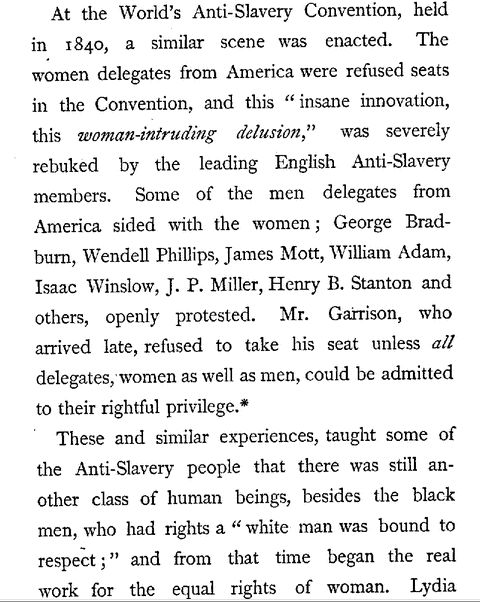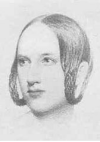1840
The
issue of slavery was heating up in the town and a new religious group, the
Comeouters, had organized and were interrupting church services. They
believed the influence of the slave system was woven into the texture of society
and that the politics of the state, the religion of the church, and even the
social circle, were contaminated by the evil of slavery. As abolitionists, they
believed it necessary to first purge the church, since religion sustained an
intimate relation to slavery. Their sacred precept, “Come out of her my people,
and be not partakers of her sins,” led them to withdraw all connection from
religious bodies. They pursued the immediate abolition of American slavery and they
spared no sect in their reproofs. Churches were closed to them." There were
about forty Comeouters in Danvers.
[1]
[1]Harriet Silvester
Tapley, Chronicles of Danvers, 1692-1923; Danvers Historical
Society, Danvers, Ma., 1923, p. 148.
London, 1840

